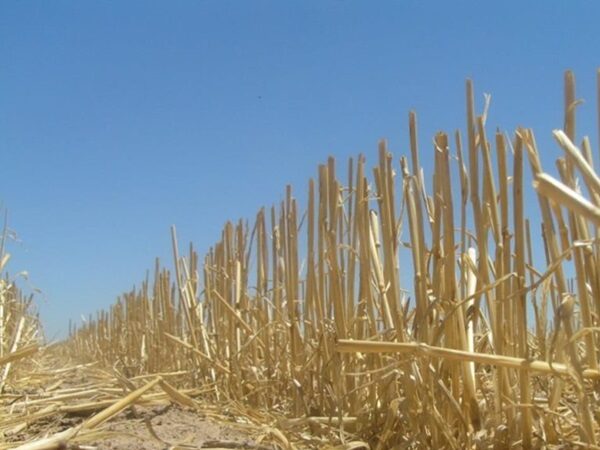If the Trump political apparatus wanted disruption to American and Global economies after the first…
ABARES recently published its latest winter crop forecast; reducing its September barley production forecast by 0.5mmt to 11.7mmt. Should the forecast be accurate, this would be the fifth largest national barley crop on record and sit between the national 5 and 10-year averages of 12mmt and 10.7mmt, respectively.
Citing exceptional conditions in Queensland and New South Wales, the government agency is expecting these States to produce their largest or second largest crops ever with a late Spring dry and then wet period not significantly affecting the final harvest.
In the West, it has been a season of ‘just in time’ rainfall and the agency has forecast the State to produce its third highest total crop on record. They have the State’s barley production at 4.65mmt, just above its 5-year average of 4.5mmt.
Large areas of the Southeast experienced low rainfall throughout the season and frosts in September to limit yields and total production in many districts. The result: a combined South Australian – Victorian barley production forecast of 3.5mmt, which is just 70% of the 5-year barley production average of 5mmt.
For malting selection rates, the trade is finding these to be much better than earlier estimates. The East coast is a stand out with ~45% of the barley crop reaching malting grade. Western Australia, after poor rates of selection at the start of harvest, has rebound to have its selection rate at 20%, just below its average. South Australian growers are the most disappointed, finding selection rates well below normal.
This collectively means ~70% of malting barley exports can originate from NSW and Victoria this year. Queensland will be self sufficient, maltsters in Perth will be covered with most WA exports leaving via their Southern ports. Adelaide maltsters, while finding most cover from SA, will need to draw from Western Victoria.
Australia will continue to contribute to the world’s malting barley trade in 2025, despite this colourful season!



